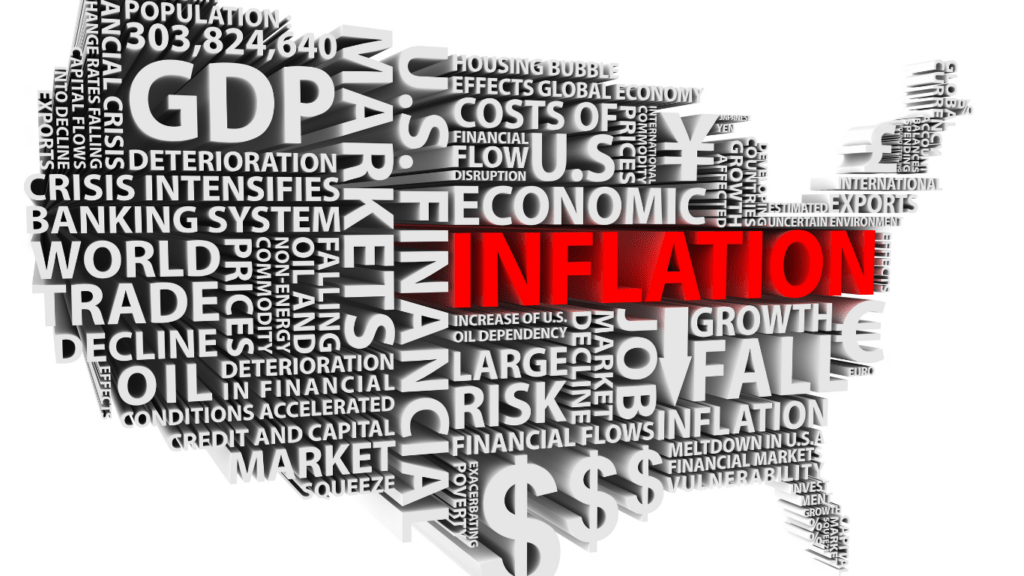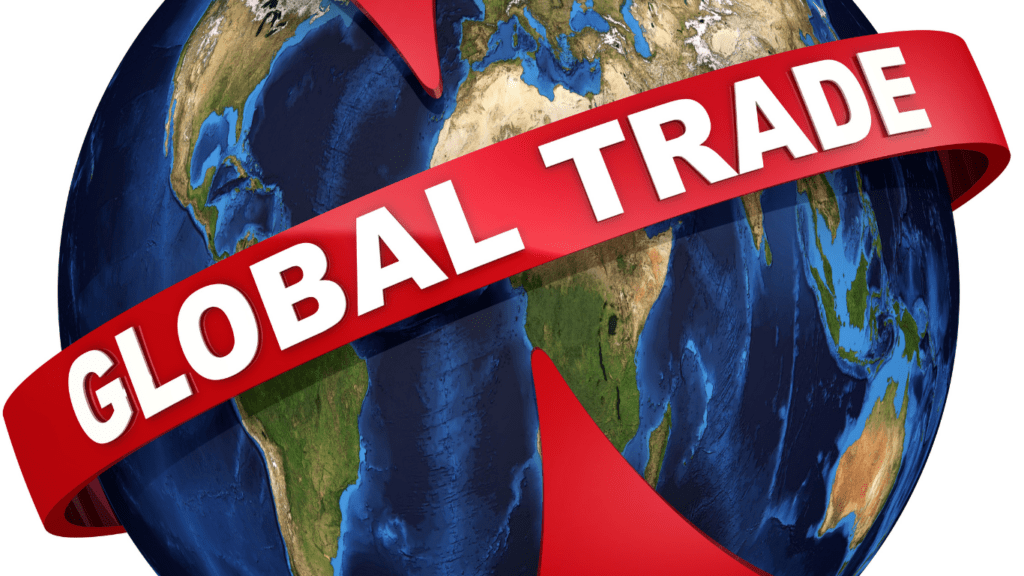Understanding Inflation
Inflation impacts purchasing power, altering how much goods and services cost over time. Grasping its intricacies can help manage personal finances effectively.
What Is Inflation?
Inflation refers to the sustained increase in general price levels within an economy. This process reduces the value of money; for example, if a gallon of milk costs $3 today but $3.50 next year, that’s inflation at work. Economists measure inflation through indices like the Consumer Price Index (CPI), which tracks the average change in prices for a basket of goods and services.
Causes of Inflation
Inflation arises from multiple drivers, often tied to supply and demand imbalances:
- Demand-Pull Inflation: Prices rise when consumer demand outpaces supply, such as during economic recovery periods.
- Cost-Push Inflation: Costs increase when production expenses, like raw materials or wages, surge, leading businesses to raise prices.
- Monetary Factors: Excessive money supply growth, often through central bank policies, can inflate costs if more money chases the same amount of goods.
Global shifts, like commodity scarcity or geopolitical tensions, amplify these effects.
Types of Inflation
Inflation manifests in various forms, with distinct impacts:
- Creeping Inflation: A steady but low rate, typically below 3%, considered manageable for most economies.
- Galloping Inflation: A rapid increase, exceeding 10%, creating economic instability and eroding savings.
- Hyperinflation: Extreme, with rates above 50% per month, often seen in collapsing economies.
- Stagflation: Unique, combining stagnant economic growth with high inflation, complicating policy responses.
Differentiating these types helps evaluate economic conditions and adapt spending strategies.
Global Factors Driving Inflation

Global economic dynamics often fuel inflation, impacting daily costs like food and fuel. External factors influence production, trade, and financial systems, leading to price surges.
Supply Chain Disruptions
Interrupted supply chains affect the availability of goods, driving up costs. Events like factory shutdowns, natural disasters, or logistical bottlenecks often reduce supply while demand remains constant, increasing prices. For instance, disruptions during the COVID-19 pandemic led to shortages in semiconductors, which raised prices for cars and electronics.
Geopolitical Events
Geopolitical instability escalates inflation by creating uncertainty and impacting key industries. Conflicts or sanctions often reduce the global supply of critical resources like oil or wheat, as seen during the Russia-Ukraine conflict. These disruptions can increase transportation, energy, and raw material costs worldwide.
Currency Fluctuations
Changes in currency value affect both import and export prices. A weaker currency increases the cost of imports, making foreign goods and materials pricier for consumers. For example, the depreciation of certain currencies against the U.S. dollar has amplified costs in developing economies, particularly for essential imports like food and fuel.
How Inflation Affects Your Everyday Spending
Inflation directly impacts the cost of daily necessities, erodes savings’ value, and alters your purchasing power. These effects require careful adjustments to manage financial stability.
Rising Costs of Goods and Services
Inflation increases the prices of everyday items, making essentials like groceries, gas, and utilities more expensive. For example, a loaf of bread that cost $2 last year might now cost $2.50 during periods of high inflation. Services such as healthcare and childcare also face rising costs as businesses pass increased operating expenses onto consumers. This compels many to reevaluate their budgets to prioritize fundamental needs over discretionary spending.
Impact on Savings and Investments
- The value of cash savings diminishes during inflation, as the same amount buys fewer goods or services over time.
- A $10,000 savings account with no interest generates a loss in real value if inflation remains at 5% annually.
- Investments are also affected, as bond values often decline when inflation increases, while stock performance varies by sector.
- In contrast, tangible assets like real estate and commodities often maintain or grow in value, offering potential hedges against inflation.
Changes in Purchasing Power
Inflation reduces the purchasing power of currency, forcing individuals to adjust their spending behaviors. A salary that felt sufficient last year might no longer cover basic expenses as rising prices outpace income growth. When wages don’t align with inflation rates, discretionary spending drops, and reliance on credit increases. This gradual erosion of purchasing power highlights the importance of analyzing household expenses and securing income growth opportunities.
Coping With Inflation
Navigating inflation demands a strategic approach to manage rising costs effectively. I focus on budgeting, investing, and reducing unnecessary expenses to strengthen financial stability during economic turbulence.
Budgeting Strategies
Efficient budgeting is crucial to counter inflation’s effects. I prioritize spending on essential categories like housing, food, and transportation, while reducing discretionary spending. Tracking monthly income and expenses helps identify spending patterns. Tools like budgeting apps simplify this process. Setting aside emergency funds, equivalent to at least three months’ expenses, ensures preparedness for unexpected cost increases.
Investing Wisely
Investing in inflation-resistant assets protects long-term financial health. I diversify investments by including assets like stocks, real estate, and commodities, which often outperform during inflation. Treasury Inflation-Protected Securities (TIPS) offer secure options as their returns adjust with inflation rates. Avoiding low-yield savings accounts minimizes the diminished purchasing power of cash holdings.
Cutting Unnecessary Expenses
Reducing non-essential expenses frees resources for critical financial needs. I focus on eliminating luxury subscriptions, dining out less often, and avoiding impulsive purchases. Exploring cost-effective alternatives, like buying store-brand items or using public transportation, reduces daily expenses. Negotiating recurring bills, such as insurance or internet costs, further lowers monthly obligations.





